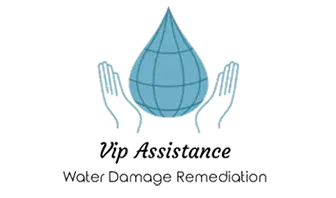f you’ve been paying attention to stories about significant weather events around the country, then you’ve probably noticed that the words “unusual” “record levels” or “near record levels” are increasingly common. Don’t let an unusual weather event catch your business off guard. Take some time to start preparations today. “Unusual” Seems to be the Norm, so be ready!
In 2019 there have already been multiple states that have declared states of emergency due to flash flooding. From Texas, Colorado, Idaho, Washington, and South Carolina, so everyone is at risk. So how can you prepare your communities for flash floods?
If you are in an area where flooding or flash flooding in Sauguscan or may occur your top priority should be the safety of tenants and employees. Here are some key steps to protecting people and your business:
- Ready your buildings—Consider what you can do to protect key assets and your buildings. For example, at a minimum, regularly clean gutters and storm drains. If your buildings have basements, determine if anything stored in it is particularly valuable. If so, either move it, or have a plan to retrieve key items, should the need arise. If there are fuel tanks in the basement, be sure they are firmly anchored according to local code. If you think a sump pump could come in handy, it’s a good idea to purchase these and keep onsite before flooding is on the horizon and stores are out of them.
- Ideally, create – and SHARE a comprehensive emergency plan—If you’re ready to take on the needed steps, then you’re well on your way to creating a comprehensive handbook for responding to all kinds of disasters. It will be easy to use this quick start guide to keep track of all of the important details and continue to build out your disaster plan as time allows.
- Pay attention—In addition to listening to local weather alerts, keep an eye out in your area for signs of trouble.
- Don’t wait to move or act—If there is a chance of flash flooding that could impact your community, heed official advice for evacuations or other measures and carefully consider the best evacuation routes. Remember as little as six inches of fast moving water can sweep a person away, and two feet of running water can move a vehicle.
- If you have time, grab key documents and information—Hopefully, you have backups of key insurance and business information at another safe site. If not, and the circumstances allow, try to get your most important documents and information to a safe place.
- Encourage your tenants to create emergency kits (ahead of time). Kits should include large containers for clean water, several days supply of non-perishable food, a first aid kit, a battery-powered radio, water purifying supplies, and personal hygiene supplies.
- Plan and post an evacuation route—Since flooding in the area can quickly make roads impassable, try to determine which roads should provide the best route away from danger during a flood event.
Mold is Dangerous: Flood Restoration and Why You Should Act Quickly in Saugus
